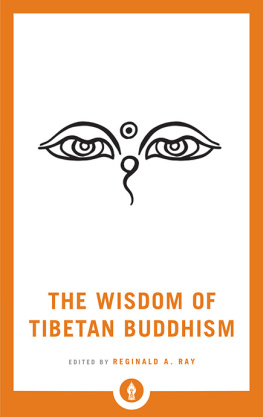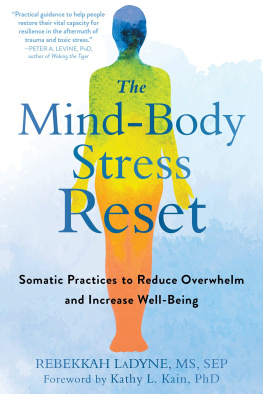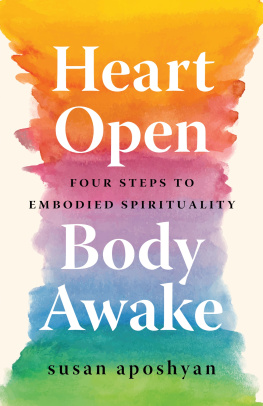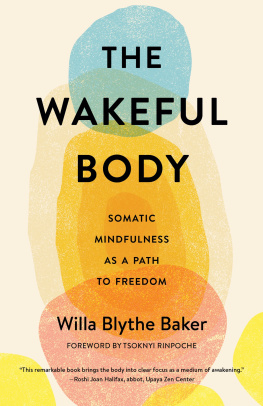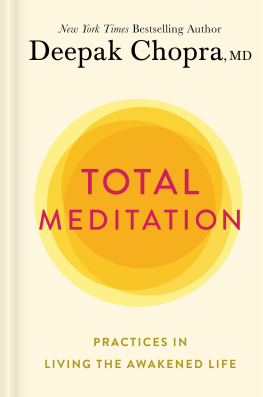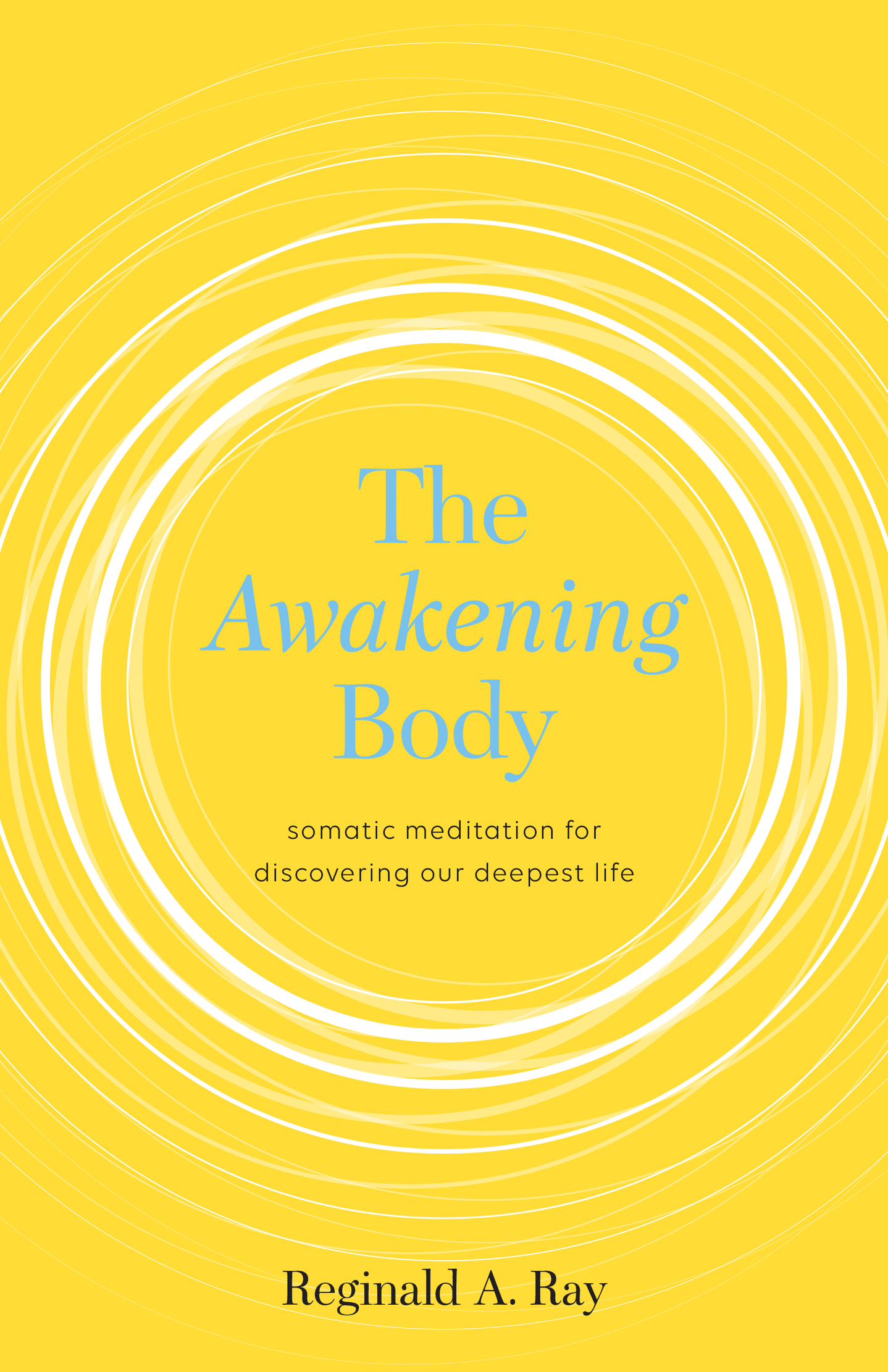Reginald Ray is illuminating an essential point for our happiness, healing, and transformation in this priceless book. He clearly and profoundly shows us the importance of the spirituality of the body and how to practice in a way that can be integrated into everyday life. This is an eloquent expression of his work that has already helped many people.
BOOKS BY REGINALD A. RAY
In the Presence of Masters: Wisdom from 30 Contemporary Tibetan Buddhist Teachers
Indestructible Truth: The Living Spirituality of Tibetan Buddhism
Secret of the Vajra World: The Tantric Buddhism of Tibet
The Tibetan Buddhism Reader
Shambhala Publications, Inc.
4720 Walnut Street
Boulder, Colorado 80301
www.shambhala.com
2016 by Reginald A. Ray
Illustrations 2016 by Wren Polansky
Cover design and illustration by Kathleen Lynch/Black Kat Design
All rights reserved. No part of this book may be reproduced in any form or by any means, electronic or mechanical, including photocopying, recording, or by any information storage and retrieval system, without permission in writing from the publisher.
Library of Congress Cataloging-in-Publication Data
Names: Ray, Reginald A., author.
Title: The awakening body: somatic meditation for discovering our deepest life / Reginald A. Ray.
Description: First Edition. | Boulder: Shambhala, 2016. | Includes bibliographical references and index.
Identifiers: LCCN 2016010000 | eISBN 9780834840416 | ISBN 9781611803716 (pbk.: alk. paper)
Subjects: LCSH: Spiritual lifeTantric Buddhism. | MeditationTantric Buddhism. | Human bodyReligious aspectsTantric Buddhism. | Tantric BuddhismDoctrines.
Classification: LCC BQ8938 .R337 2016 | DDC 294.3/422dc23
LC record available at https://lccn.loc.gov/2016010000
v4.1
FOR CAROLINE
CONTENTS
PART ONE
Somatic Spirituality
PART TWO
The Six Core Somatic Practices
PART THREE
How the Practices Unfold
PART FOUR
Final Thoughts
T his book is about something that is not only beyond words: it is beyond thought. It is about our life, the individual life of each of us. It is not about the life we think we have or would like to have, the life we obsess about and talk to everyone incessantly about all the time; it is about something far more vast, mysterious, and unknownthe actual life that we are living moment by moment, the life that we can feel and sense, the ever expanding web of lived experience that is all of what we are, just now. We cant get our minds around this actual life of ours; all of our thinking cannot pin it down nor can any of our words describe or capture it.
At present, we do not really know this true life of ours; we do not know who or what we actually are; and so we approach our life from the wrong end of the stick, by trying to think about it and figure it out. But we are trying to fit something that is truly boundless into the grain of sand of our own conceptual capacities. Of course that cant work. No wonder we feel so much discomfort, dissatisfaction, anxiety, and pain in our life; no wonder we struggle and struggle, and often seem never to get very much of anywhere. Try and try as we may, we cant contain the infinity and eternity of who we actually are in some neat little package of our thinking mind, no matter how sophisticated our thinking may be.
So we fall back on our habitual default and observe our life from the external standpoint of our conceptualizing, judging mind. When we do, it seems to be something we can stand apart from and look at, a quantifiable thing that we can label, categorize, and ruminate about. We can judge it, compare ourselves with others, and think well or poorly of ourselves depending on what we find. But in a way, we are caught in an endless loop that just keeps circling back on itself, with no exit: we sense this fragile body of ours; we are haunted by our more-or-less afflicted, uncertain, and unsatisfactory karmic situation with all its limitations; and though we try to make the best of it, basically we have a subtle or not-so-subtle feeling of being trapped in our own web. Seen from the outside viewpoint of our judging mind, this existence of ours seems quite circumscribed and smallrather paltry, petty, and insignificant. And it is certainly never really satisfying and fulfilling, at least not for very long.
But we could take another approach: we can look at our life from the inside. How would one do that? The first step is to realize that the mechanism of our logical, linear, linguistic mind may not be the only way of knowing something; it may not be the only way or even the best way to know ourselves or our life. Knowing from the inside involves setting aside the bright daylight world of the thinking mind and learning to viewto viscerally senseour life from within the half-light of our body. In the imagery of the ancient masters of Chan Buddhism, we need to take the great step backward into the shadows, into the semidarkness of our body. We simply set our consciousness backward and down. And in that territory, the thinking mind is worse than useless; it is only going to get in the way.
We could look at it this way. There is map; and then there is territory. The map is the conceptual representation. It is the function of the left brain, thinking mind to create maps of our life, maps of who we are, maps of other people and the world, maps of the universe, maps of everything. But maps, as the saying goes, are not territory. The abstract, conceptual maps of our conceptualizing left brain are notare worlds away fromthe rugged, unknown terrain, the actual visceral territory of our lived experience. The mental map is a small and limited thing; the territory of the body goes on forever. When we set aside, temporarily, the maps and enter directly into the limitless domain of our body, we begin the amazing, unexpected journey of uncovering our deepest, most authentic being and our true life; and in the process, we discover the depths of being of the universe and our place within the whole. This is the heros quest of old and here we are, people living in an apparently completely different age, about to embark on that very same journey.
Some people already possess the capacity to view life from within the body. But often in our modern culture, these people are precisely the ones who either go into hiding or suffer inordinately in the contemporary environment. They may not do well on standardized tests, and they could struggle with the expectations of competitiveness, aggression, and success that dominate contemporary societies and be viewed as outsiders. Often looked down on and marginalized, they may not have sufficient confidence in their experience or realize how important their ability is; they may not be aware of how essential this type of knowing isto our individual selves and to the health of our culture and our world.



